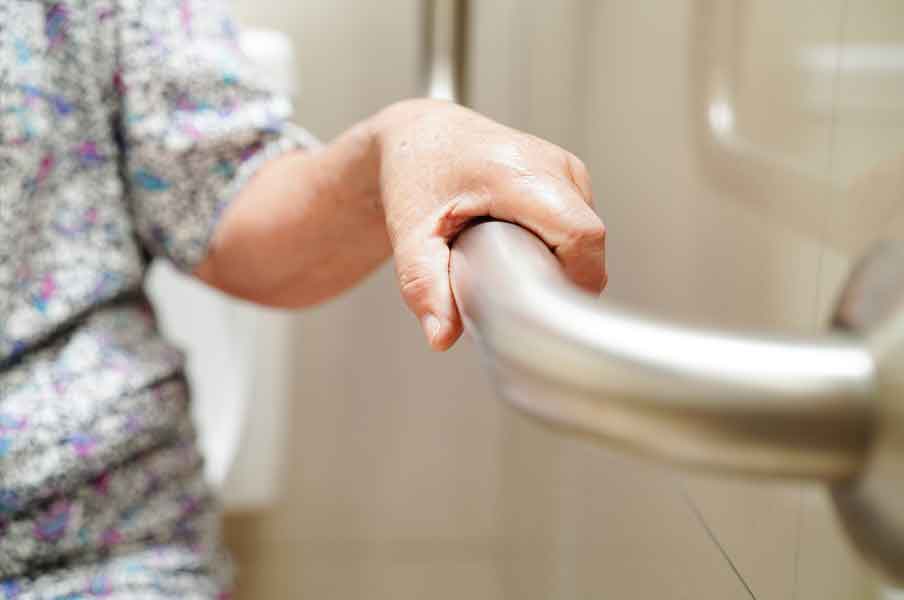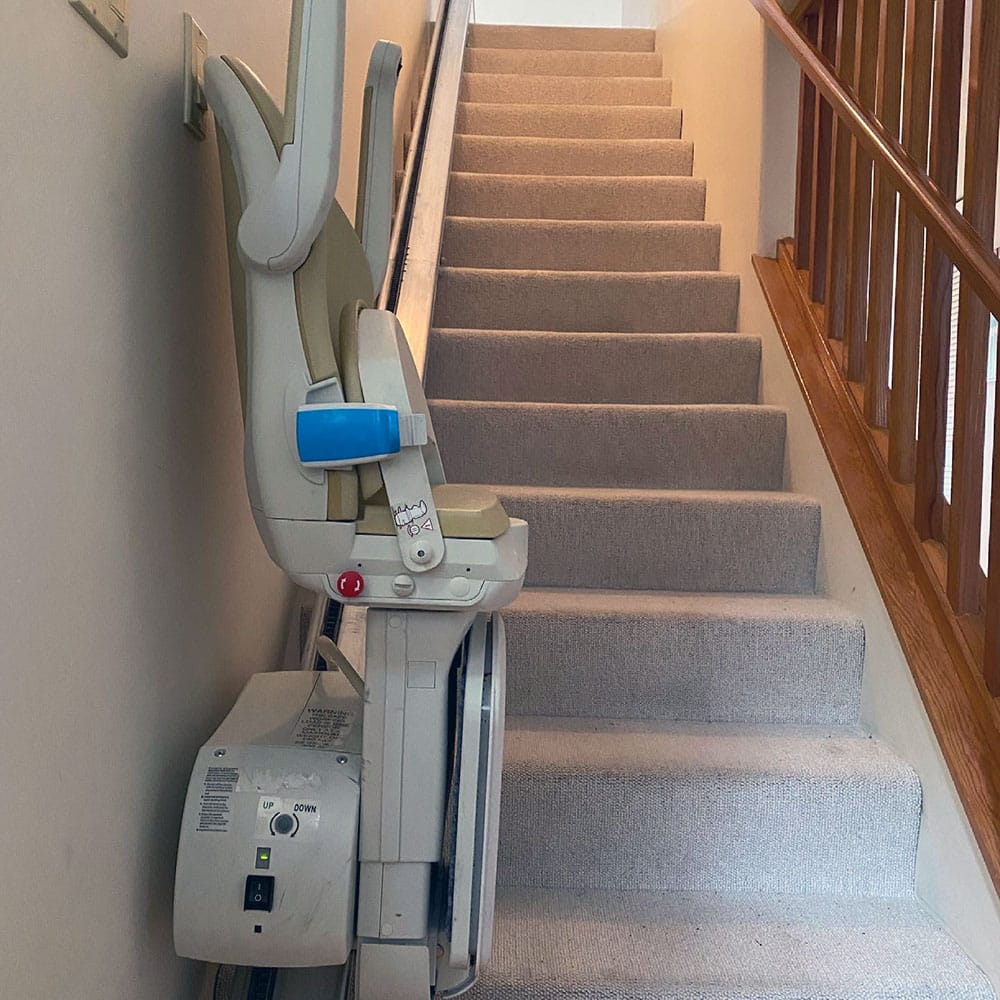Essential Tips for Seniors and Individuals with Mobility Challenges of Accessible home
As we journey through life, our homes become sanctuaries of comfort, cherished memories, and familiar routines. For seniors and individuals with mobility challenges, ensuring a safe and accessible home becomes paramount. A home that is thoughtfully designed for safety and ease of movement not only fosters independence but also provides peace of mind to both occupants and their loved ones. In this comprehensive guide, we will explore a range of practical tips and considerations to transform your living space into a haven of safety and accessibility.
1. Clear Pathways and Decluttering:
Starting with the basics, maintain clear and clutter-free pathways throughout your home. Remove any items, such as rugs or furniture, that might obstruct movement. Make sure there are no cords or wires across walkways that can pose a tripping hazard.
2. Non-Slip Flooring:
Choose flooring materials that offer a non-slip surface, particularly in areas prone to moisture like bathrooms and kitchens. Consider adding non-slip rugs or mats to provide extra traction and prevent accidental slips.
3. Adequate Lighting:
Well-lit spaces are essential for safe mobility. Ensure that all areas of your home, including hallways, staircases, and entryways, are well illuminated. Use bright, energy-efficient bulbs and consider installing motion-sensor lights in key locations.

4. Handrails and Grab Bars:
Install sturdy handrails along staircases and hallways to provide support while moving around. In bathrooms, secure grab bars near toilets, showers, and bathtubs to assist with standing up and sitting down safely.
5. Bathroom Modifications:
Bathrooms can be particularly hazardous for seniors. Consider replacing a traditional bathtub with a walk-in shower to minimize the risk of tripping. Install a raised toilet seat and use a shower chair or bench for added comfort and safety.
6. Lever-Style Door Handles:
Replace traditional round doorknobs with lever-style handles that are easier to grip and operate, particularly for individuals with limited hand strength.

7. Ramps and Stair Lifts:
For homes with stairs or raised entrances, consider installing ramps or stair lifts. Ramps provide a smooth transition between levels, while stair lifts allow safe and convenient movement up and down stairs.
8. Kitchen Accessibility:
Arrange kitchen items in a way that frequently used items are easily accessible. Use pull-out shelves and drawers to avoid bending or stretching. Install adjustable countertops to accommodate individuals who use wheelchairs.
9. Smart Home Technology:
Explore the benefits of smart home technology, which can enhance accessibility. Voice-activated devices, automated lighting, and remote-controlled appliances can make daily tasks easier and more convenient.
10. Furniture Arrangement:
Arrange furniture to create wide pathways that allow for easy maneuverability, especially if you use mobility aids like walkers or wheelchairs.
11. Emergency Preparedness:
Keep emergency contact information readily available and accessible. Ensure that fire extinguishers, smoke detectors, and carbon monoxide detectors are functioning properly.
12. Flooring Transitions:
If your home has different types of flooring, ensure that transitions are smooth and level. Eliminate raised thresholds that could pose tripping hazards.
13. Medication Management:
Set up a medication management system to keep track of prescriptions and dosages. Use pill organizers, and consider using technology reminders to ensure medications are taken on time.
14. Height Adjustments:
Ensure that key items are at an appropriate height. For example, light switches, thermostats, and outlets should be easily reachable without stretching or bending.
15. Personal Emergency Response System:
Consider investing in a personal emergency response system (PERS) that allows you to call for help in case of an emergency, ensuring prompt assistance when needed.
16. Regular Home Inspections:
Perform regular safety checks to identify potential hazards or areas that require maintenance. Address any issues promptly to prevent accidents.
17. Consult Professionals:
Engage with professionals, such as occupational therapists or home accessibility experts, who can provide personalized recommendations based on your specific needs and home layout.
Creating a safe and accessible home is a continuous journey that requires ongoing evaluation and adjustments. By implementing these practical tips, you can create an environment that promotes independence, enhances comfort, and provides a sense of security for seniors and individuals with mobility challenges. Remember that every modification you make contributes to a more inclusive and empowering living space.

